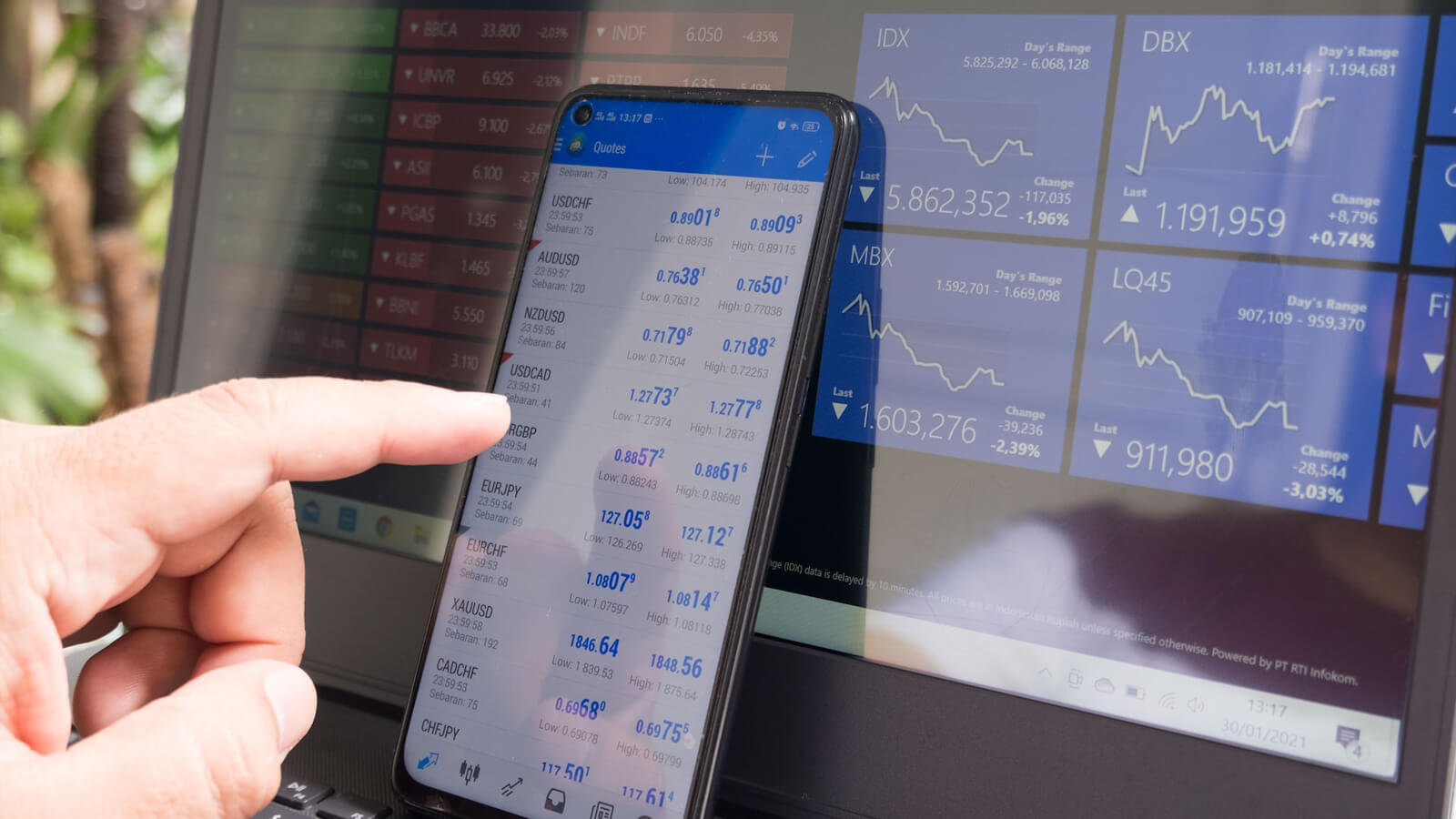
Unusual increase in magnet prices – what is the cause of the currently high prices?
The last two years have witnessed a remarkable rise in the prices of most products. Many of them have increased by even several hundred percent, and unfortunately, there is no end in sight to these surges. Customers with each delivery must anticipate paying more, which, sadly, first affects cost planning, and secondly leads to higher prices for clients. Significant hikes have also not spared neodymium magnets. Such magnets are used in many industries, and the demand for them is constantly growing. However, since their production utilizes rare earth metals and China is the main supplier, this monopoly in itself poses a threat to price stability. Add to this the currently raging freight costs, turmoil related to COVID-19, and rising currency exchange rates, it's no surprise that a magnet that recently cost ten zlotys now requires over thirty. Ultimately, these costs will be passed on to the customers, and it is they who will pay more in the finished products.
Unprecedented increases in magnet prices - why is this happening?
China's restrictions on mining and sale of rare earth elements
Until recently, China was a country where one could manufacture and purchase almost everything. Many companies did just that, limiting their supplies exclusively to Chinese exporters. In many cases, there was no alternative, as is the case with neodymium magnets. Western companies have extensive knowledge about their production and the necessary technical infrastructure, but they lack the most important element: raw materials. Due to the composition of these magnets, which primarily includes neodymium as well as other rare earth metals, China has become the world's main producer. The danger of this monopoly was starkly demonstrated in the last two years. The Chinese government began progressively restricting the availability of compounds essential for the production of magnets, as well as many other products. There were several reasons for this situation. Officially, it's about the need to reduce energy consumption and protect nature, acknowledging that the extraction and processing of these valuable elements are not environmentally neutral. However, it's unofficially acknowledged that the Chinese government is deliberately using its dominant position for economic and political purposes. Such policies directly lead to significantly higher raw material prices, which in the last two years have increased by even several dozen percent. Since neodymium is not only used in magnet production but also in the manufacture of various components, the high demand for this element further drives the price spiral. The situation with neodymium is somewhat of a stalemate. It is primarily produced by China, recycling is technologically challenging and currently implemented on a small scale, so practically the whole world is at the mercy of decisions made by the Chinese government.
Huge increase in maritime transport costs
The cost of transporting magnets also plays a significant role in their pricing. As mentioned, China is the primary supplier of neodymium magnets, and what has been happening in maritime shipping since the end of 2020 can be called nothing short of madness. At that time, unprecedented even tenfold increases in shipping rates occurred, and additionally, delivery times often extended. The main reason cited for these increases is the turmoil related to COVID-19, but that's not the only factor. Indeed, the first months of the pandemic turned the entire established system upside down. For a time, China was largely cut off from the rest of the world, and very few goods were shipped from there. When restrictions were relaxed, the whole world suddenly wanted to make up for supply shortages. This led to a shortage of containers, which simply began to run out in the market. Equipment shortages were compounded by significant problems in the ports themselves. Rigorous pandemic procedures and associated worker quarantines often caused multi-day delays in unloading and loading products, which also affected the prices.
What impact did the pandemic have on global supply chains?
Experts estimate that as many as 80 percent of companies felt the negative impact of the pandemic on supply chains. This also affected neodymium magnets, which are used in many industrial sectors. Delays in their deliveries often meant reduced production or even the necessity for shutdowns, so the market responded with high demand. Companies that previously bought magnets on an as-needed basis started to build up warehouse stocks to somewhat protect themselves against further disruptions. With reduced supply, resulting from China's sales restrictions and delivery disruptions, it's understandable that prices went up. And there's little indication that they will significantly drop any time soon. Certainly, the high dollar exchange rate doesn't help, as transactions with Chinese suppliers are settled in this currency. It currently stands at over 4 PLN, and any increase in it automatically also translates into higher final prices.
Source:
- Will there be a shortage of metals for renewable energy installations? experts don't have good news
- Media: Germany dependent on China an example with rare earth metals
- Current prices of neodymium worldwide
- How the pandemic disrupted global supply chains
- China caused a rise in rare earth metal prices. this will impact not just electric car production
- Freight costs drive up store prices
Tags:
wtorek 2022-12-20T18:00:00

